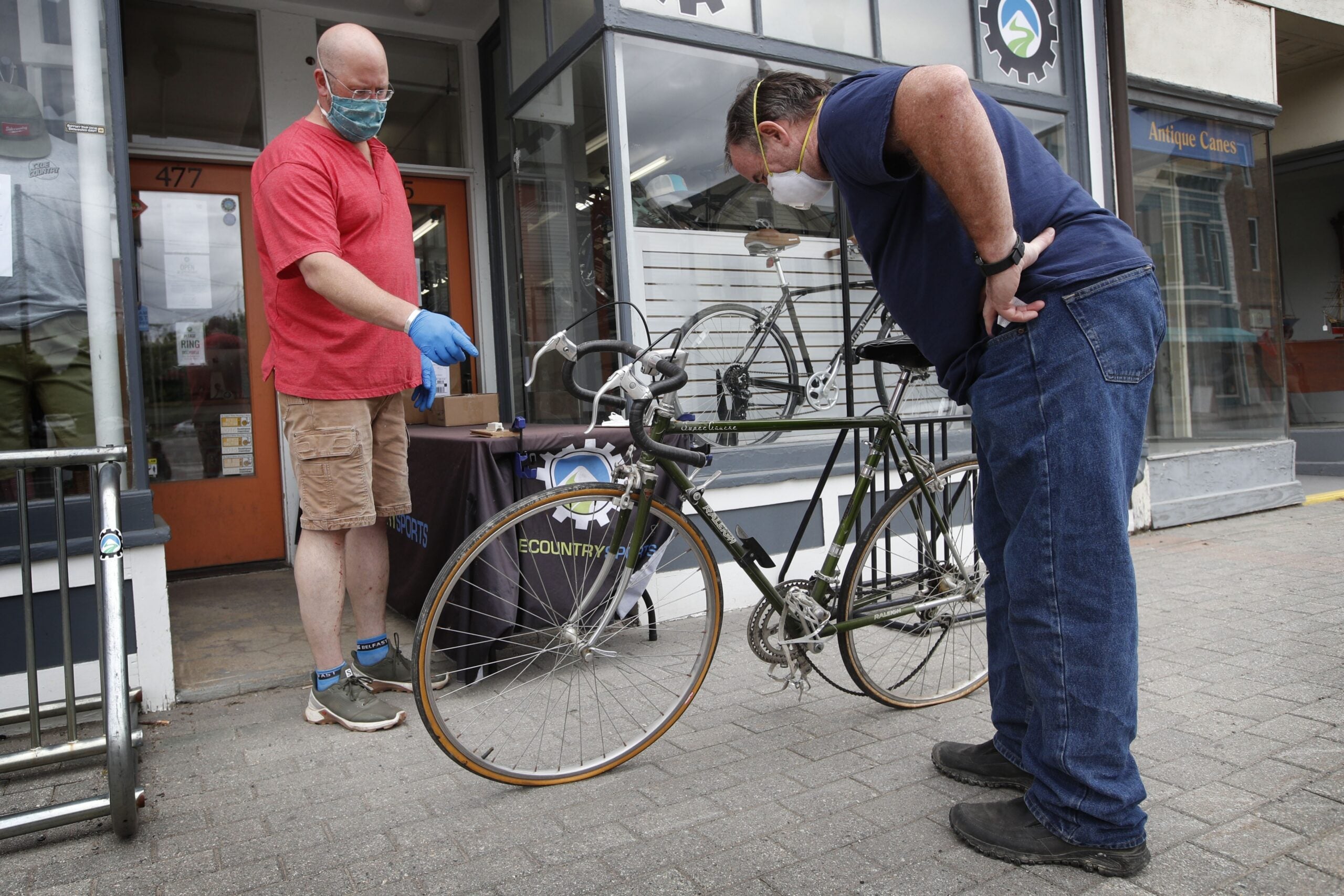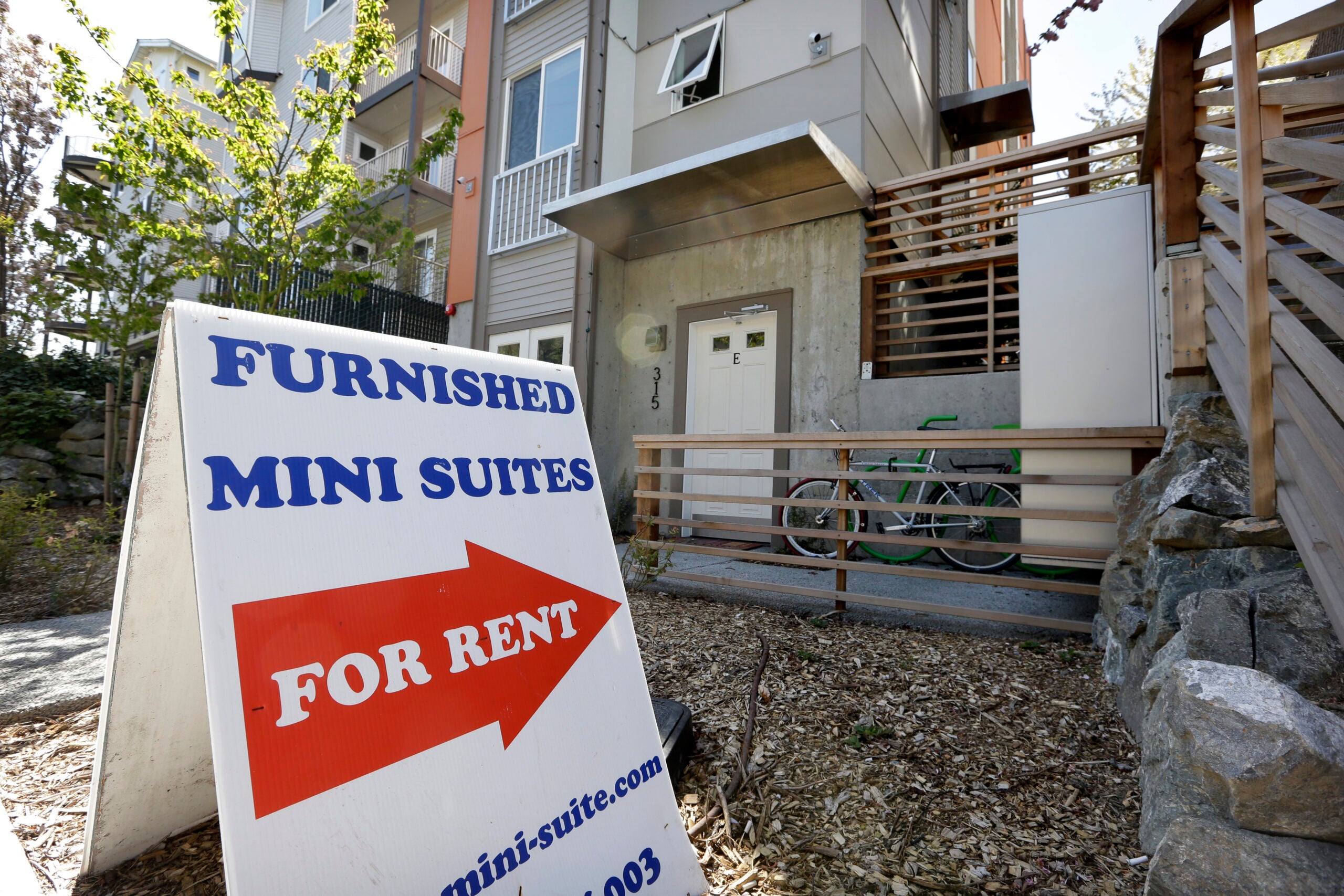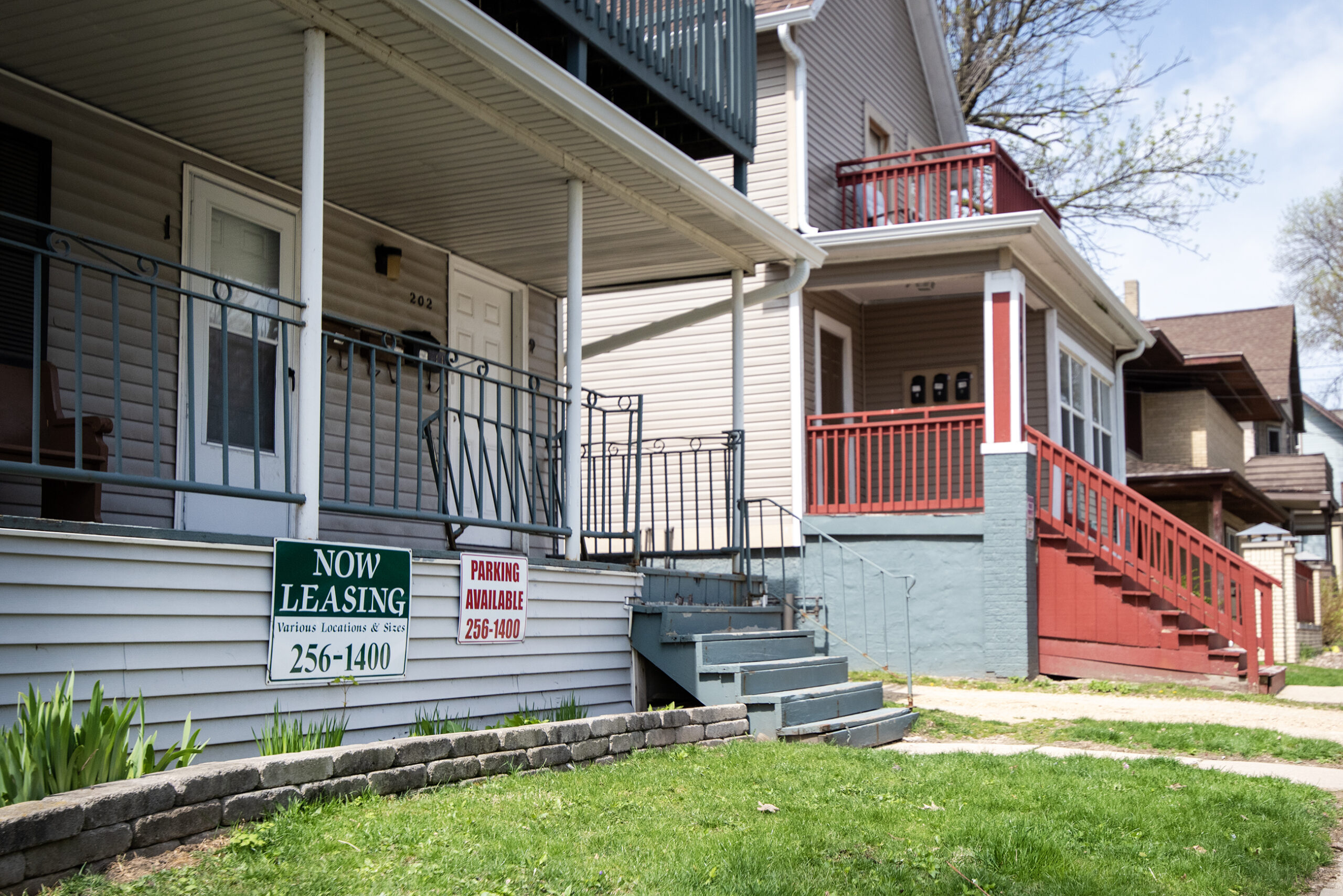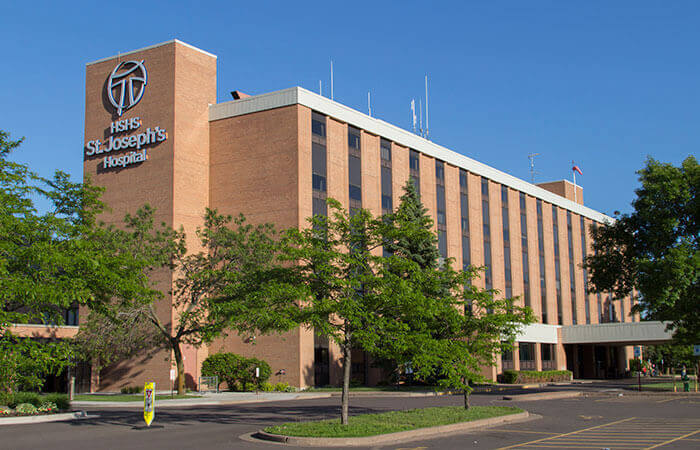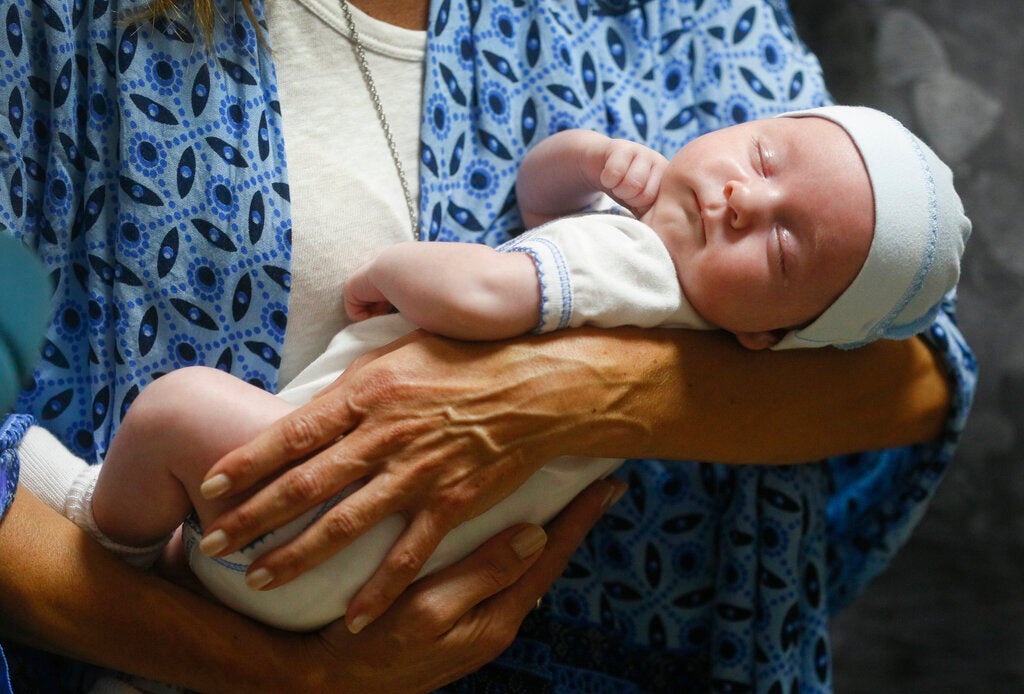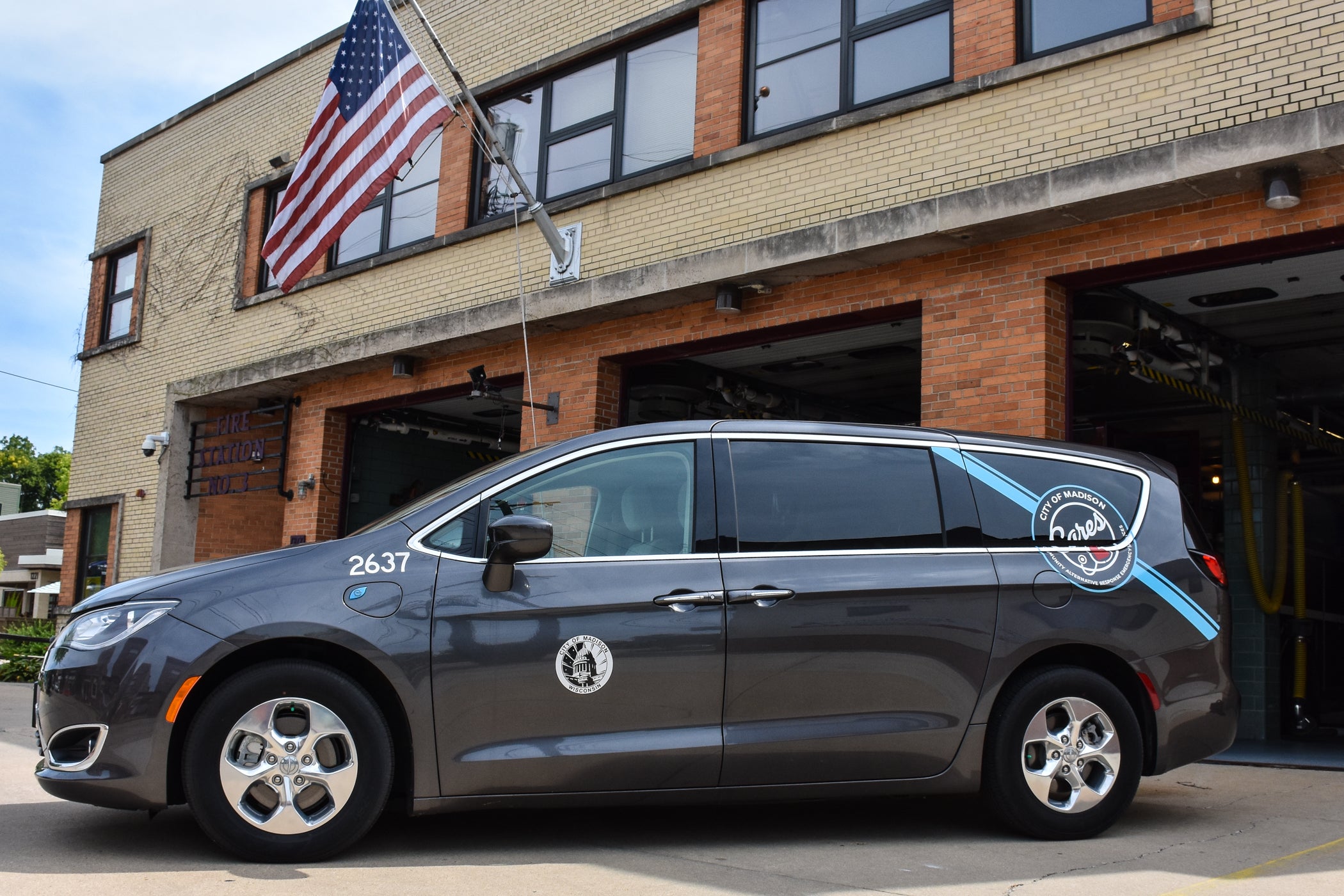Dane County is allowing more activities under its gradual reopening plan, Forward Dane, which moved into Phase 2 Monday. The restrictions are designed to keep COVID-19 from spreading to the point it can’t be controlled.
But even as the area progresses with fewer limitations and bigger gatherings, some summer staples like team sports remain off limits.
Softball and volleyball leagues are considered medium to high risk activities because of frequent and close contact between competitors. Low risk sports require people to be at least 6 feet apart. Guidelines issued by Public Health Madison & Dane County say a mask alone won’t cut it; people still need to be far enough away from others so there’s less chance of infection from respiratory droplets.
Stay informed on the latest news
Sign up for WPR’s email newsletter.
Low risk sports are generally those you can do by yourself or in small groups, like inline skating, canoeing and cycling.
Softball and volleyball leagues at taverns and bars will not be allowed but Madison School & Community Recreation submitted a plan to public officials for a shortened softball season starting July 6 with a number of precautions, including wiping down the bench, no tag plays and no spitting or licking of the fingers prior to the pitch.
But while there may be disappointment over summer recreational leagues, parents can take heart: Youth sports and camps will be allowed with physical distancing and groups no larger than 15 for children under age 13 and groups of 25 for youth aged 13-17.
Retailers and restaurants will be allowed to be at 50 percent capacity, as will religious services. Dane County earlier tried to limit them to 50 people but backed down after a lawsuit was threatened by a firm hired by the Catholic Diocese of Madison.
“Businesses and workplaces are reopening with required measures to help contain the spread of disease, but COVID-19 is very much still in our community,” said Janel Heinrich, director of Public Health Madison & Dane County in a press release announcing easing of COVID-19 restrictions. “We need our community to remain vigilant and careful as we move to new phases, so we don’t see a spike in cases.”
Restaurants and bars have been able to have reduced indoor seating since May 26. Doubling that capacity under Phase 2 could prompt more businesses to open their doors.
“Hopefully what we’ll see is that businesses that were either hesitant or unable to reopen at 25 percent capacity — whether they just couldn’t make the numbers match, or whether the space wasn’t conducive — that increase to 50 percent coupled with allowing public spaces to be utilized and patrons waiting outside will trigger reopening,” said Greater Madison Chamber of Commerce President Zach Brandon.
Milwaukee has its own plan for reopening which allows restaurants and bars to have a quarter of their normal customers.
It’s now up to local officials around Wisconsin whether to have pandemic restrictions after the state Supreme Court struck down the governor’s statewide “Safer at Home” order.
County public health officials keep track of nine metrics for reopening, including the number of positive tests, capacity to treat those infected with the coronavirus and how fast health workers can get sick people to self-isolate.
Health data shows the percentage of positive tests is low in Madison and Dane County, but the daily number of new cases is still above the threshold health officials are looking for.
The county is testing 1,200 cases daily on average and there is “robust” testing of health care workers, according to health officials.
Hospitals have capacity, but contact tracing lags. The county has a goal that 85 percent of all new coronavirus cases be contacted within 48 hours of testing. The city’s data page shows 72 percent of infected people are contacted within that timeframe. Another metric with room for improvement is what percentage of people don’t know where they could have gotten COVID-19 — it’s nearly a quarter of all new positive cases; public health officials are aiming for 20 percent or less.
Wisconsin Public Radio, © Copyright 2024, Board of Regents of the University of Wisconsin System and Wisconsin Educational Communications Board.

